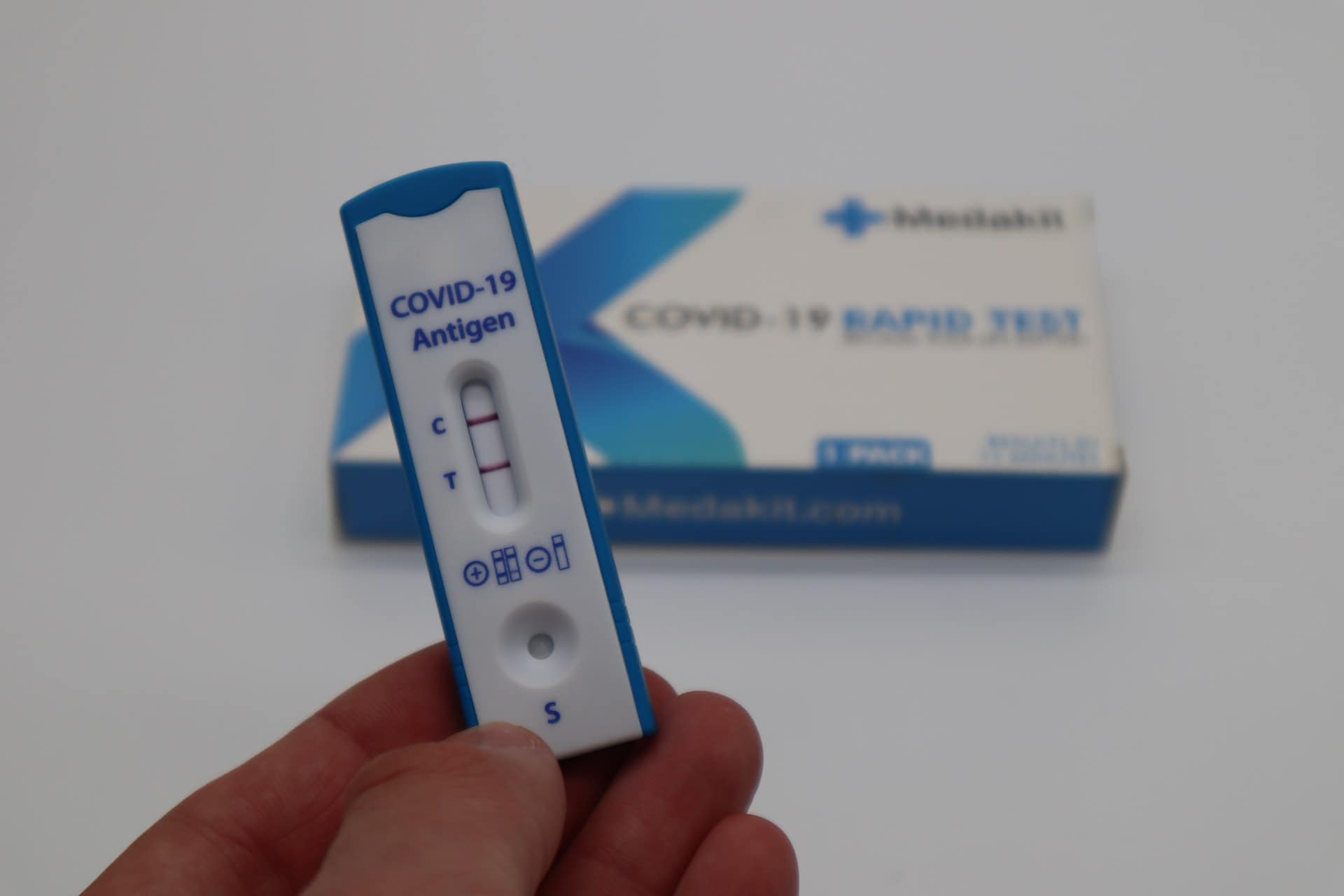The pandemic has reshaped the world as we know it. We live in the post-pandemic period, and the new normal will call for a different attitude to travel and public meetings. Rapid antigen tests for travel have become essential in adjusting to this new normal, offering timely and precise results to help ensure a secure and healthy environment for everyone.
This article will try to understand the importance of rapid tests in a post-pandemic world.
Rapid Antigen Tests: What Are They?
Rapid antigen tests are diagnostic tests that identify the presence of particular proteins, or antigens, on the virus’s surface. They can be done on-site and offer quick results, often in 15 to 30 minutes, without the use of laboratory apparatus. This makes them perfect for travel when effectiveness and quickness are crucial.
The Importance of Rapid Antigen Tests for Travel
As nations and airlines work to reopen borders and resume international travel safely, the use of rapid antigen tests for travel has grown in popularity.
Rapid antigen testing can help to screen passengers for Covid-19 by giving speedy results, lowering the danger of the virus spreading further. Additionally, they may be used to track the virus’s spread, providing public health officials with crucial data with which to make informed choices about travel bans and other safety precautions.
Rapid antigen tests are useful for travel but can also help the economy get back on track. Rapid antigen tests can quickly screen consumers and employees to create a safe and secure environment for businesses to reopen, restoring consumer confidence and fostering economic recovery.
Limitations of Rapid Antigen Tests
Rapid antigen tests have some restrictions despite their accessibility and speed, which must be considered when evaluating their precision and dependability.
Sensitivity:
One of the main drawbacks of quick antigen testing is their sensitivity, which refers to a test’s capacity to precisely recognize a positive instance. Rapid antigen tests are less sensitive than polymerase chain reaction (PCR) testing, which means they cannot detect all positive instances. In circumstances where the viral load is minimal, this can result in false negative results.
Specificity:
Another drawback of rapid antigen tests is their inability to detect negative patients precisely. Rapid antigen tests are pretty accurate at identifying negative cases because of their high specificity. However, in some populations or under particular circumstances, a high proportion of false positive results may happen.
Timing:
When evaluating the limitations of quick antigen tests, timing is another crucial aspect to take into account. The test is most effective when the viral load is maximum, within the first 5-7 days of symptom onset. A false negative result could be obtained if the test is administered too soon or too late.
Environmental factors:
Rapid antigen tests can be impacted by environmental factors such as temperature, humidity, and light exposure, which may impact the test results’ accuracy. It’s crucial to carefully follow the manufacturer’s recommendations to make sure the test is used and stored in the best possible circumstances.
Interpretation:
Rapid antigen test results could be difficult to understand since they are sometimes arbitrary and subject to different points of view. Additionally, rapid antigen tests might not always be able to differentiate between a COVID-19 infection that is active and one that has already cleared up.
Conclusion
By now, it must be clear that rapid antigen tests will be essential to ensure a safe and healthy environment for everyone as we navigate the new normal. They offer a quick and practical approach to screening visitors, lowering the possibility of the virus spreading further and fostering a safer and healthier atmosphere.
To sum up, rapid antigen tests for travel are a crucial tool in adjusting to the new normal. They enable efficient travel and the reopening of the economy since they deliver quick results. They will continue to be essential in ensuring everyone can live in health and safety.

